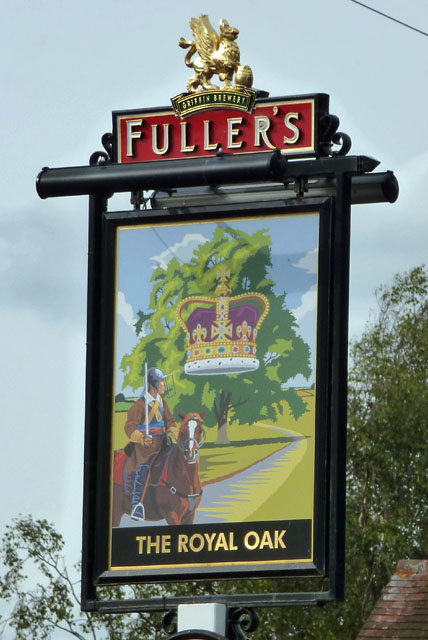
Later used in England to identify alehouses as well. 151)ĭelderfield notes that, while initially the "sign of the bush" was only used for establishments that served wine, it was 86) Larwood and Hotten remark that many inns used ivy as their only sign as late as the reign of King James I (1603-1625). 90) Lillywhite explains that the bush used for this purpose in England was ivy. Hindley calls the "sign of the bush" "without inscription, the oldest" inn/tavern sign, pointing to its origins as a Roman custom.

The pub is so well known that its name is used for the intersection on which it stands. It is only about a four-minute walk from where the Tolkien family lived at 4 Highfield Road. Larwood and Hotten do not indicate any cities in which such an inn/tavern wasĪ pub named The Ivy Bush has stood on a corner of Hagley Road with Chad Road and Vicarage Road in Edgbaston since at least the 1880s. While Lillywhite does not catalogue any tavern names beginning with Ivy, he records no fewer than seven taverns identified as The Bush in seventeenth century London, none of which, he remarks, are still toīe found there today (1972). The use of the name Ivy Bush for a tavern or inn is only attested in English Inn Signs by Larwood and Hotten.

Keverne's Tales of Old Inns, Lillywhite's London Signs, Matz's Dickensian Inns and Taverns, or in Richardson & Eberlein's The English Inn Past and Present. This name is not included in Nomenclature, nor is it to be found in Delderfield's Inns and Their Signs, Hindley's Tavern Anecdotes and Sayings, Is the name of the small inn on the Bywater road frequented by Hobbits from both Bywater and Hobbiton


 0 kommentar(er)
0 kommentar(er)
